This came about because I was listening to NPR’s “All Things Considered,” the “Found Recipes” segment. You may THINK this sandwich doesn’t sound or look all that worthy of a blog post, but I’m telling you it absolutely IS good, if not fantastic.
So, the NPR program was all about mid-summer favorite dishes. Listeners were invited to send (or call) in their suggestions and the story that went along with the recipe, and the list was narrowed down to 3. Those 3 contenders’ stories (in their voices) were featured on the program, then listeners were asked to vote for their favorite. This recipe was the winner, and when I listened to the 3 stories, this is the one that stood out in my mind too. It was so unusual, I just had to try it myself. (The other two stories were about a strawberry trifle and a spicy cole slaw).
We don’t keep sharp cheddar on hand, so we needed that, and a hothouse cucumber. And by the way, the author says it’s really important to have sharp cheddar, not medium or mild. The slice does not need to be all that thick to do its job. We have good grainy bread, but at the last minute I decided to make it with the super-soft white bread I had in the freezer. Usually the bread I use is a thin sandwich bread, but my DH bought the wrong kind. Oh well, no matter.
According to the story from Marti Oleson (an elementary school librarian), she used to work with Diane Dickey of the recipe’s name, but the recipe, if you can call it that – yes, it IS a recipe – was from Diane’s Dad. Hence the full title. According to the story – this sandwich, composed of bread, peanut butter, onion, tomato, cucumber and cheddar cheese – must be made in a specific stacking order. Here’s the exact order, from the bottom up . . .
P – peanut butter, CRUNCHY
O – onion
Cu – cucumber
T – tomato
Ch – cheddar, SHARP
My brain is getting old and remembering that order was going to be a problem, so I needed an acronym – POCU-TouCH. Not quite remember-able. but maybe it will stick in my brain. I’ve added the ou in the middle just because it helps to make a word – and added the u for cucumber and the h for cheddar. Got it? Okay, good.
The full sandwich (2 regular slices, preferably grainy bread) uses 2 T. of crunchy peanut butter. I made a half a sandwich, so of course, used just 1 T. crunchy peanut butter. I also soaked the regular onions in some acidulated water (1/2 c water, 1 T white vinegar) because I’m not so crazy about raw onions. Nor did I want to buy a sweet onion (they’re expensive) for just one slice of it. Soaking doesn’t take out the crunch from a regular onion, but it removes the rawness from the onion. I had a beautiful yellow heirloom tomato with just a few tinges of red on it. I sprinkled the tomato with salt and pepper, then added the thinly sliced hothouse cucumber, and finally the 2 thin-thin slices of sharp cheddar.
I took my first bite. Oh my goodness! Was it ever good. I mean it. I really, really mean it. How to describe it – you taste and feel the crunchy cucumbers and onions, but the tomato slightly squishes (in my sandwich, the tomato is thicker than any of the other interior components), and gives some nice moisture to the bite. The cheddar gives it loads of flavor. And the peanut butter – funny thing – I couldn’t even taste it until the last when all the cucumbers and onions were gone, when all that remained were tomato and cheddar.
When I entered the recipe into my MasterCook recipe program, it had a big hissy fit over the “1 slice cheddar cheese” – either the program’s got a bug, or defining calories of a “slice” of cheddar cheese is just not specific enough. It wanted to add about 800 calories for 2 slices of cheese. At any rate, the calories are a little off on the recipe below, but not by much. I ate HALF a sandwich and it satisfied me all afternoon. I’m not including the nutrition because I had to remove a few ingredients and make them text (meaning no calorie count added). Without doing that the calorie count was over 1800 calories. Adding in each ingredient, I finally narrowed it down the problem to the slice of cheese (obviously a variable) that was throwing off the numbers. Anyway, this sandwich is about 550 calories for a whole one. Maybe 600. Next time I’ll make it with the very thin sandwich bread. Or maybe I’ll use the good grainy bread I have. But eat it again, I will!
What’s GOOD: everything about it. The crunch from the cucumbers and onions, first and foremost. The fresh veggies. The squishy tomato. The soft, but tasty bread. Oh, the cheddar too. It’s just fantastic. Will I make it again? You betcha! Sooner rather than later, I’ll tell you for sure!
What’s NOT: nothing at all. It’s fabulous. Note that I made it with a soft white bread – you can decide. I also specify Laura Scudder’s peanut butter, but you can use whatever brand you want.
printer-friendly CutePDF
MasterCook 5 file or MasterCook 14 file
* Exported from MasterCook *
Summer Sandwich
Recipe By: Adapted slightly from NPR’s All Things Considered, Found Recipes, July, 2013
Serving Size: 1 (or 2 if you’re sharing one sandwich)
2 slices whole grain bread
2 tablespoons Laura Scudder’s Crunchy Peanut Butter
1/2 slice sweet onion — (thinly sliced) or sweet red onion
12 thin slices hothouse cucumber
2-4 slices ripe tomato
Salt and freshly ground black pepper to taste
sharp cheddar cheese slices
1. On the bottom slice of bread spread the crunchy peanut butter.
2. Separate the onion and place on top of peanut butter (you can use regular onion, but soak in acidulated water for 15 minutes to reduce the rawness of it – 1/2 cup water, 1 T white vinegar).
3. Overlap the cucumber slices on top of the onion, adding more layers if the slices are really thin.
4. Place sliced tomatoes on top of cucumber.
5. Add cheddar cheese and place top bread on. Pick up sandwich with both hands, with peanut butter on the BOTTOM and dig in!





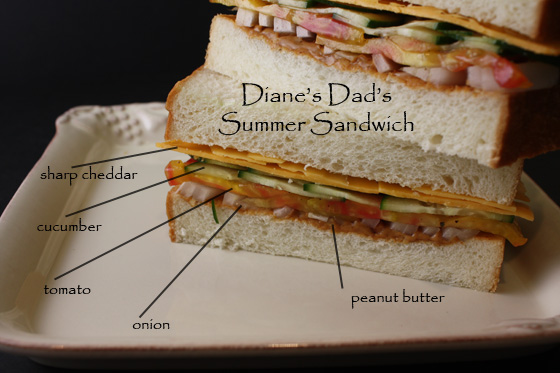

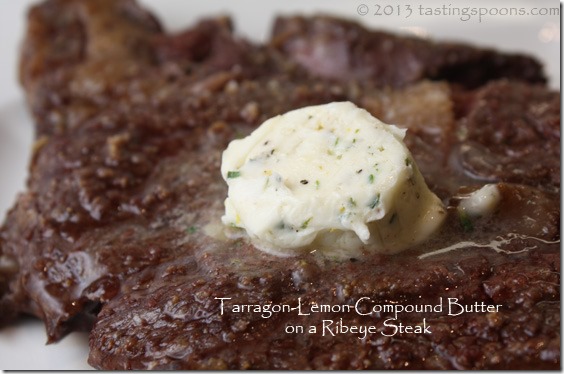
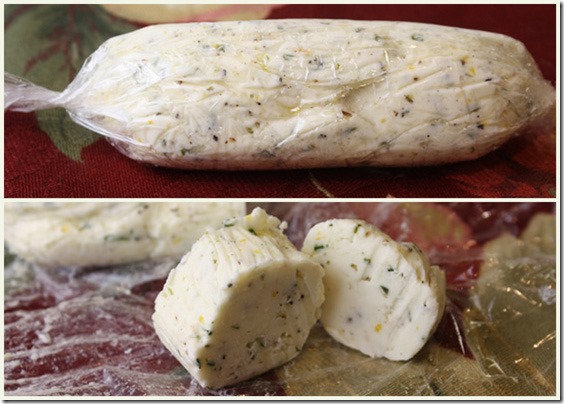
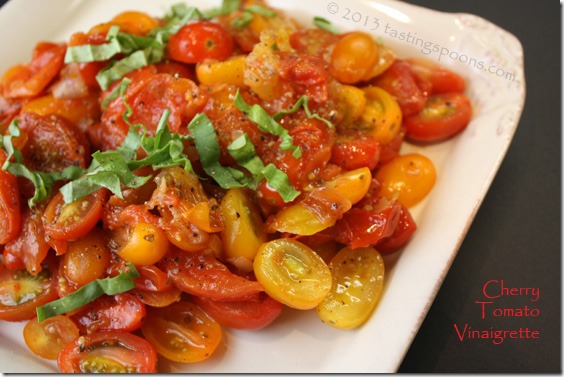
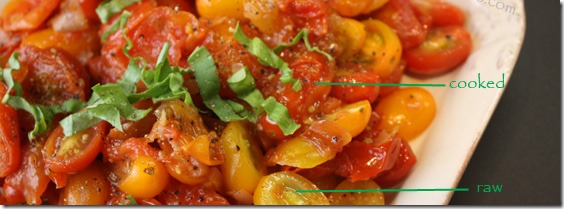
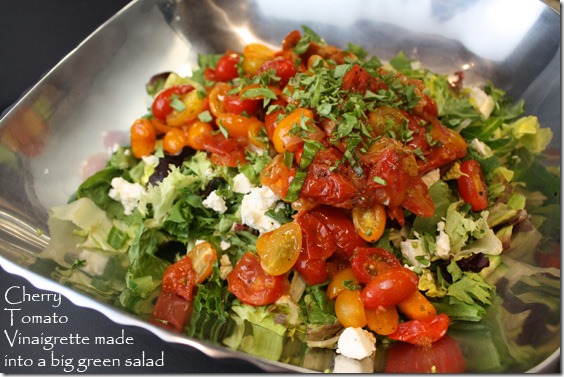
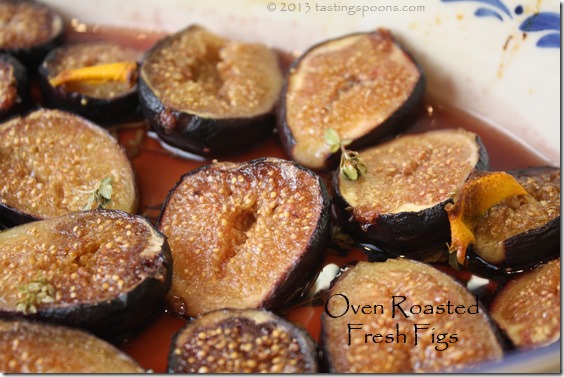
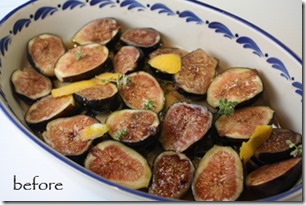
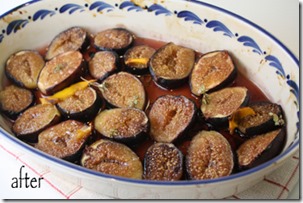
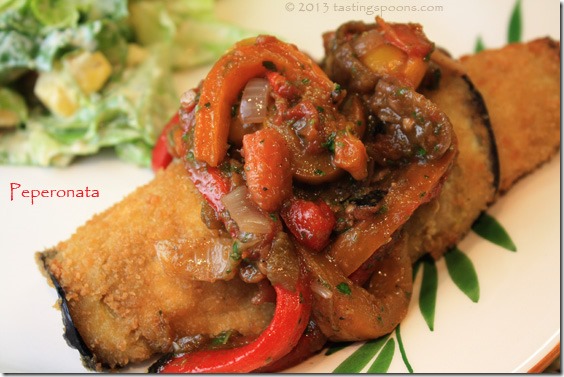
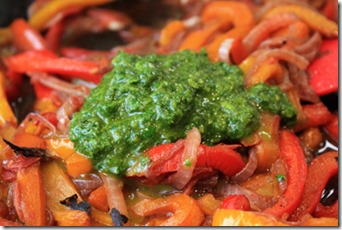
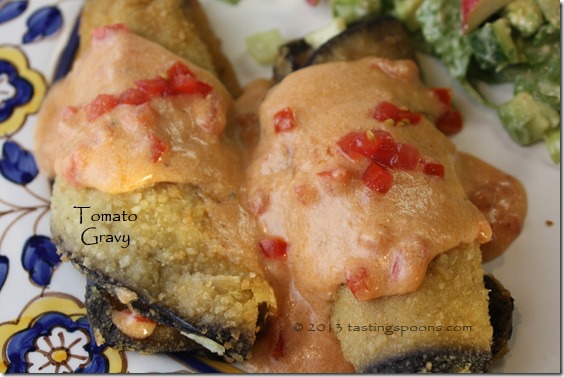
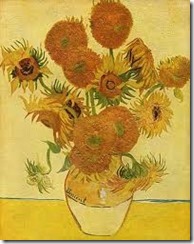
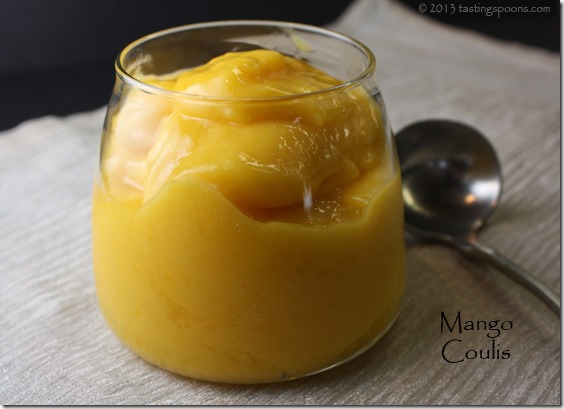
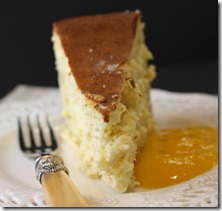
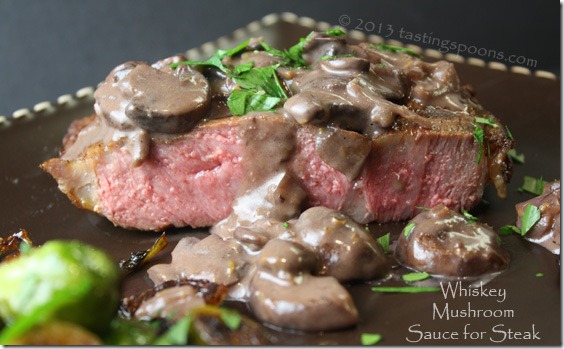
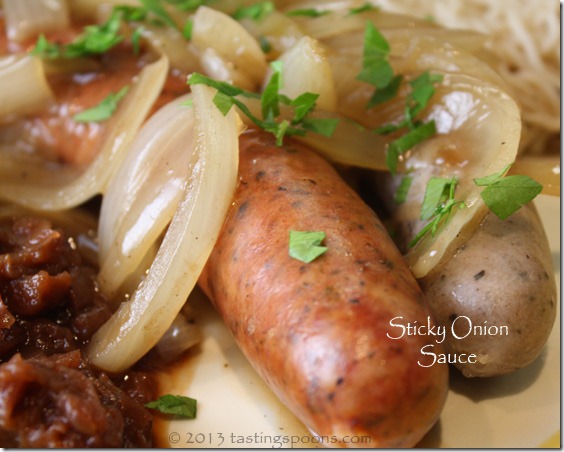
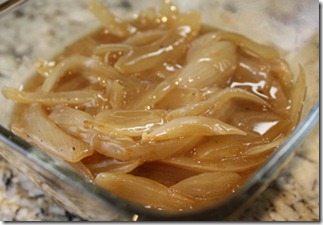
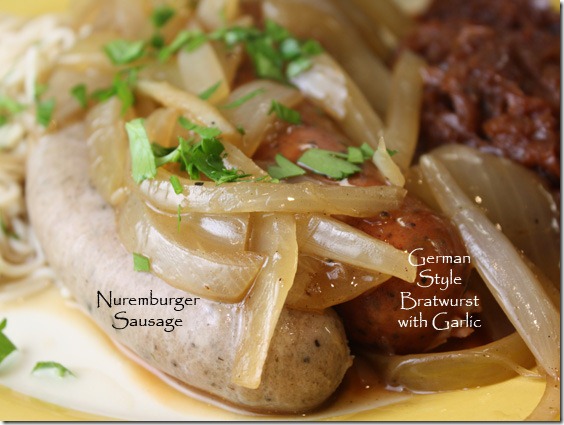
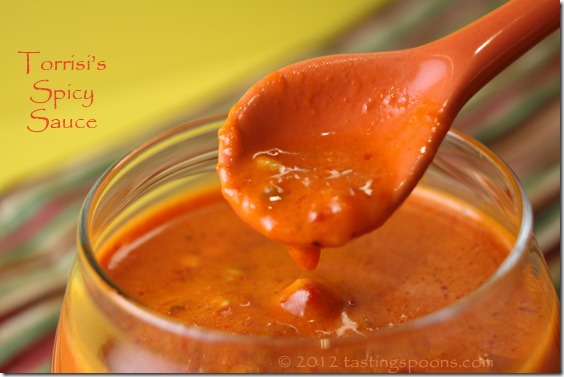
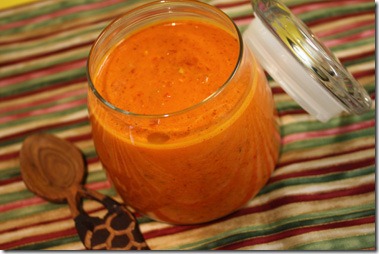
Leave a Comment!